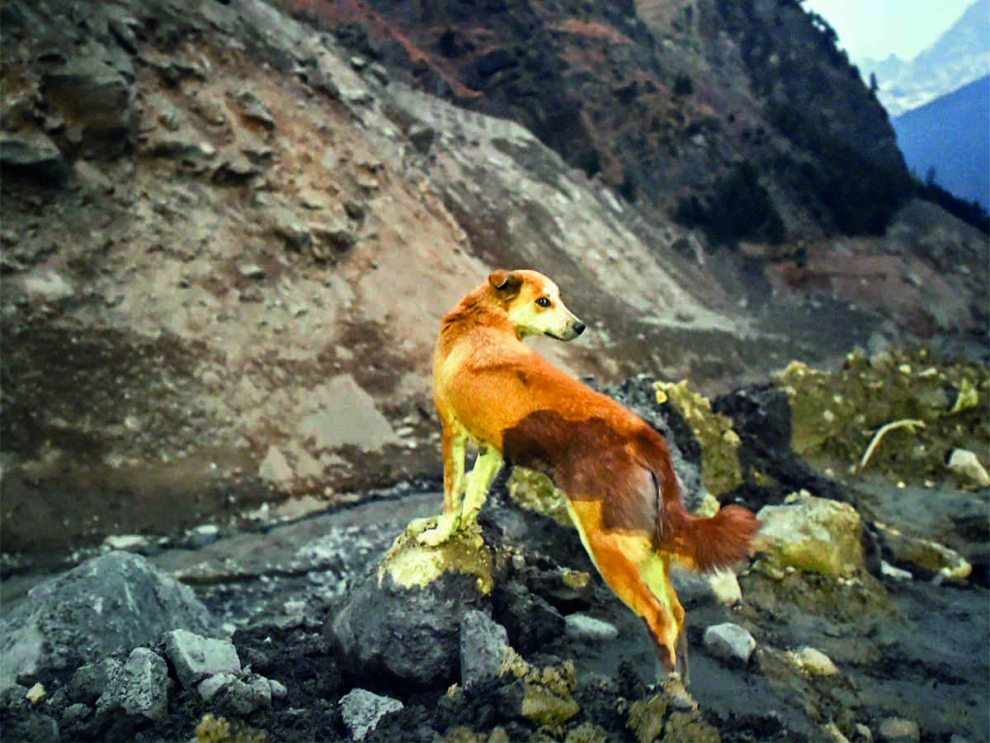Kolkata: A study by the Zoological Survey of India (ZSI) with the support of National Mission of Himalayan Studies (NMHS) has mapped and identified high risk areas in the Trans-Himalayan region in the backdrop of increasing population of free-ranging dogs that have spread to new areas, emerging as a growing concern for long-term viability of wildlife species. In the recent past, free-ranging dogs, which have a nearly global distribution, are threatening native wildlife.
It was hence imperative to understand the factors responsible for their infestation and map areas where native species are most vulnerable. The ZSI scientists used the random forest algorithm for modelling the free-ranging dog infestation in the Trans-Himalayan region and pinpointed the high-risk areas where these dogs are threatening the native wildlife species.
“We found that the likelihood of free-ranging dog occurrence is most in valley regions and up to 4000 m, often in proximity to roads. Our results also indicated that such dogs prefer areas with wildlife near to protected areas. The predictor variables, such as potential evapotranspiration of the coldest quarter, distance to protected areas, elevation, distance to roads, and potential evapotranspiration of the driest quarter, significantly influence the distribution of the free-ranging dogs,”
Dr Lalit Kumar Sharma, Head of ZSI’s Wildlife section who supervised the study said. It was found that within the Ladakh region of the Trans-Himalayan area, the high-risk zones for free-ranging dogs are located in and around Hemis National Park, Karakoram Wildlife Sanctuary, and Changthang Wildlife Sanctuary. In the Lahaul and Spiti region, the high-risk areas encompass Pin Valley National Park, Inderkilla National Park, Khirganga National Park, Kugti Wildlife Sanctuary, and several other protected areas.
Dr Shahid Dar, first author of the published study said that the potentially high-risk areas have been identified for implementing strategies to mitigate the possible impact of free-ranging dogs on native wildlife of the Himalayas.
Dr Amira Sharief, member of the team who conducted the field study mentioned that the “identified high priority areas can be used for implementing actions for controlling the population growth and further preventing the infestation of the free-ranging dogs into the new areas” .
National Mission for Himalayan Studies, Union Ministry of Environment, Forest, and Climate Change provided the funding support along with the Secure Himalaya project, Forest Department of Himachal Pradesh.
Dr Dhriti Banerjee, Director, ZSI, informed that this study on free-ranging dogs in the Trans-Himalayan region of the Western Himalayas will be imperative in planning actions to control the infestation in other areas of the Great Himalayas. She said that free-ranging dogs are identified as one of the major conservation challenges as they are depredating upon the local wildlife species and changing the community configuration. However, in the Himalayas, the issue of free-ranging dogs should be addressed on an urgent basis.
Source: Millenium Pos
















